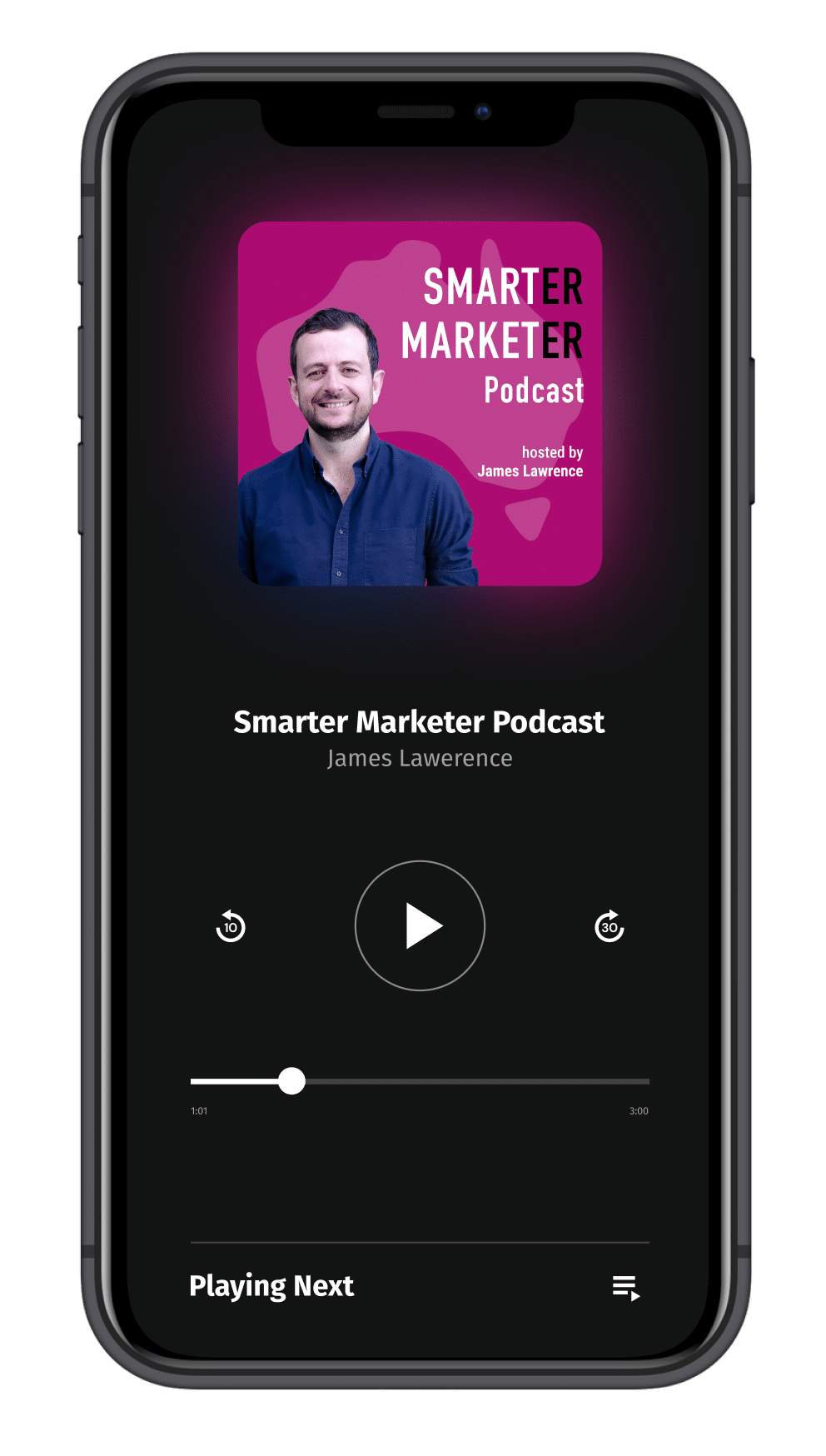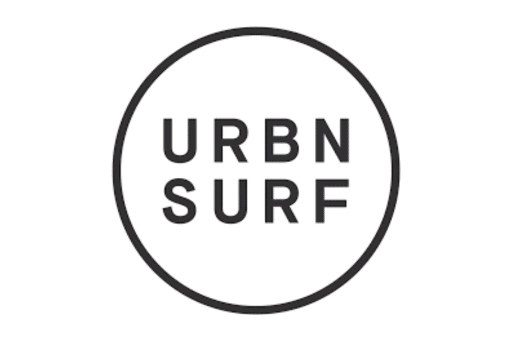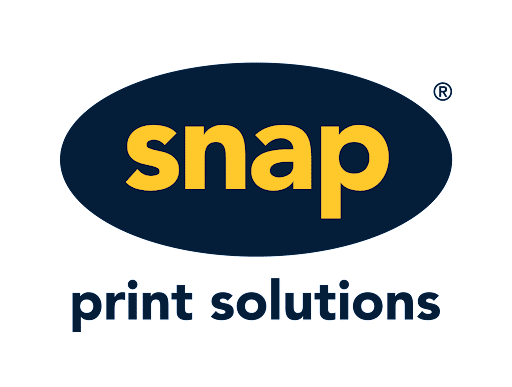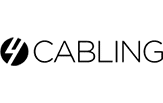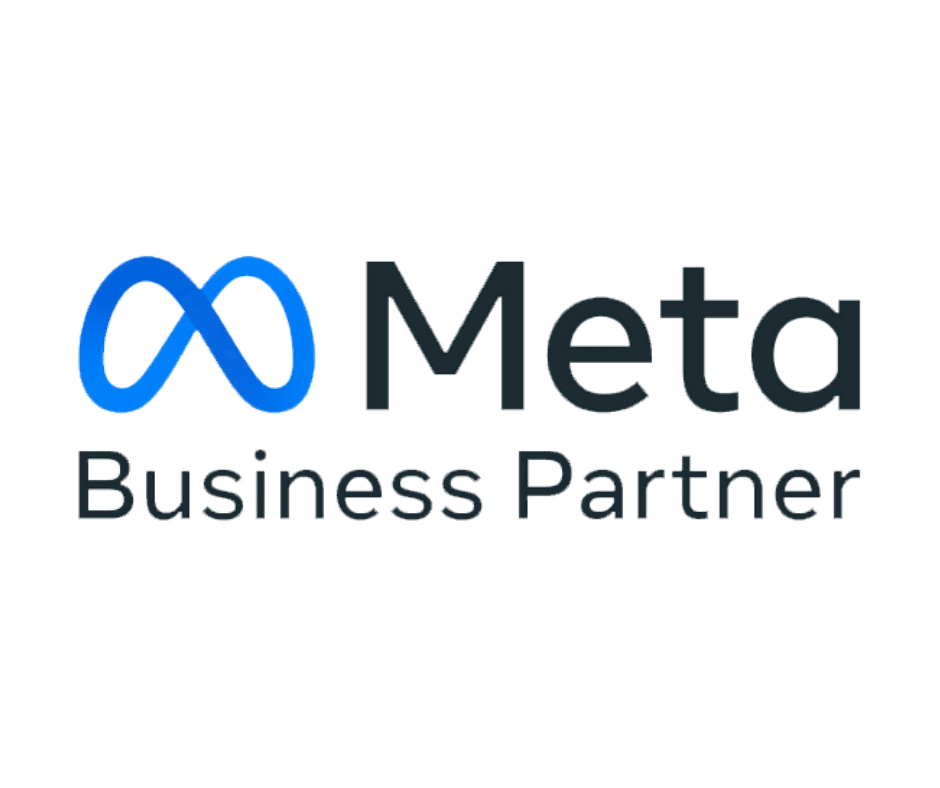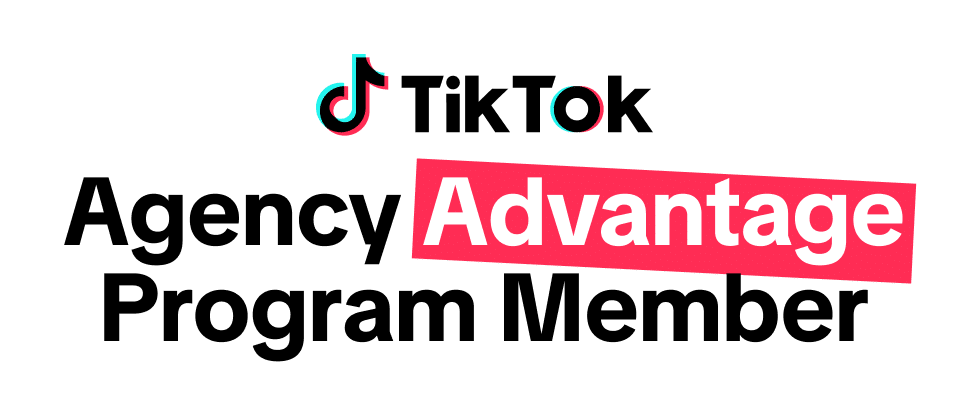Winning B2B Messaging: How to Build a Perspective That Cuts Through
Episode Description:
As competition heats up across professional services, simply telling people what you do is no longer enough. The difference between winning and blending in ultimately comes down to perspective: how you see the world, not just what you sell. Too often, brands overlook this, falling back on cliche messaging in their industry that leaves buyers unmoved.
In this episode, James Lawrence (Co-Founder, Rocket Agency) welcomes back Alex James - one of Australia’s leading messaging strategists - to discuss what it takes to build a B2B messaging perspective that actually cuts through. If you’re leading in-house strategy, this conversation will reshape how you think about differentiation and help you find a standpoint your market won’t forget.
Key Takeaways:
- Why rising competition has made differentiated messaging a necessity in B2B services
- The distinction between what you do, how you do it and why a strong perspective matters most
- The pitfalls of relying solely on frameworks like “purpose, vision, mission, values,”
- How to find and own a perspective that cuts through sameness by challenging the status quo
- Practical ways to involve leadership and non-marketing teams in building messaging that sticks
- Why speaking to your audience’s aspirations, not just pain points, attracts better-fit clients
- Common mistakes in B2B messaging to avoid, including the dangers of presenting as a vendor rather than a true expert partner
- The importance of living your perspective consistently across team culture and every client touchpoint
Meet James Lawrence
Host, Smarter Marketer Podcast
Co-Founder of multi-award-winning Australian digital marketing agency Rocket, keynote speaker, host of Apple #1 Marketing Podcast, Smarter Marketer, and B&T Marketer of the Year Finalist.
James’ 15-year marketing career working with more than 500 in-house marketing teams and two decades of experience building one of Australia's top independent agencies inspired the release of Smarter Marketer in 2022, the definitive podcast for Australian marketers. The show brings together leading marketers, business leaders and thinkers to share the strategies that actually move the needle.
Each episode offers candid conversations, hard-won lessons and practical insights you can apply straight away.










James has delivered keynotes at:
Alex James
Founder, Minimalist Marketing Co
About the Guest
Alex James is a B2B messaging strategist and the founder of Minimalist Marketing Co, a Melbourne-based consultancy that works with B2B service firms across the US and Europe. Drawing on over a decade of experience and a journey that spans multiple marketing roles, viral TikToks and content that’s shaped entire client pipelines, Alex helps firms build standout perspectives that resonate with buyers.
You can follow Alex on LinkedIn.
Transcript
James Lawrence: Welcome back to the Smarter Marketer Podcast. I'm here today with Alex James. Alex, welcome back to the pod.
Alex James: Thank you for having me back. Great to be here.
James Lawrence: It's probably the soonest we've had a guest come back onto the pod, and the recent podcast that we recorded was all around B2B messaging and the importance of perspective. That was the “why”—the why of perspective, why it’s so important. We felt it’d be good to do a follow-up pod a bit more around the “how”: how you work with your clients to develop a B2B messaging perspective that actually cuts through and resonates with the target audience.
Alex James: I'm looking forward to diving in and revealing all the secrets.
James Lawrence: Before we jump into the specifics, it still is, in my view, a blind spot for lots of brands. What changes have you seen in the last few years in the B2B space in this area?
Alex James: Yeah, I think positioning, messaging, perspective—you're right, it’s still totally a blind spot. And I think that's not anyone’s fault. It hasn't really needed to be a priority until relatively recently. But we're at the stage now where competition keeps increasing. As a result of increased competition, there’s been this really big focus on: “We need to get our messaging locked in so we can stand out, so we can differentiate.” Because everything in business—everything in life—is a response to competition. If your wife keeps talking about her funny coworker Jeremy, suddenly you’re bringing your A-game to dinner that night, right? You’re not being romantic—you’re responding to competition. This is how everything works.
James Lawrence: I didn’t think we were going to be kicking off the pod with Jeremy’s wisecracks making me feel jealous.
Alex James: I hate Jeremy so much. But this is real—it’s more than a vibe, right? There are numbers to back it up. Actually, can I pop quiz you, James?
James Lawrence: Yeah?
Alex James: How many digital agencies were there in Australia in 2015?
James Lawrence: I suspect you know the answer and I don’t. Our office is in Surry Hills in Sydney, and I reckon there are probably about a thousand digital agencies in Surry Hills alone. I don’t know, would there be 5,000?
Alex James: In 2015, there were 2,100. Okay, in 2025?
James Lawrence: I’m going to say at least a doubling. I’ll go four and a half thousand.
Alex James: 8,300.
James Lawrence: Woof. That’s a lot.
Alex James: Quadruple. And if we look at digital ad spend in Australia, in 2015 it was about $6 billion. Now it's about $15 billion.
James Lawrence: Yeah, tripling would’ve been about right, I reckon.
Alex James: So it’s tripled, but it hasn’t quadrupled.
James Lawrence: Yep.
Alex James: And that tells us that there is more supply than there is demand.
James Lawrence: Yep.
Alex James: There are more sellers than buyers. And this is a huge issue—there’s not just more players in the field, there’s less money, less contracts, less clients to go around.
James Lawrence: And I think you see that across all professional services. The barrier to entry is lower. COVID, side hustle culture—there’s this, “I’m going to do it myself. I’m going to set myself up as a consultancy, as a sole trader.” You see it in law, you see it in accounting—you just see this fragmentation of professional services everywhere.
Alex James: Everywhere. Exactly. And that 8,300 doesn’t even count all the soloists—the freelancers, the contractors, the in-house roles so many companies are doing now. I was speaking to the owner of a software development firm—Russian guy, fascinating. He actually fled Russia, living in Portugal now after Ukraine got invaded. He told me he used to be able to sell an MVP for $50,000 pretty easily. Now he can’t, because AI exists. Even though AI cannot produce a working MVP, the clients still expect him to be cheaper as a result—which doesn’t really make logical sense, but it kind of makes emotional sense, right? This is across the board—competition is everywhere. And so that means we cannot just position on what we do; we have to position on how we think.
James Lawrence: It’s really logical and something we’ve spoken a lot about, and I agree. I also think the AI bit also lends into the barrier. To articulate what you do is easier than ever before. You and I could spin up a website—digital marketing agency, copywriter, communication specialist, PR agency—far quicker than we ever could before. To put simple words onto a page that communicate the “what” of something is very easy, right? So perspective is the thing that stands out.
Alex James: Exactly. I really think we’re in this place where it’s very easy to get across what category you’re in, and that’s fine when your category is not competitive. But as soon as there are more sellers than buyers, the leverage shifts from the person providing the service to the person buying the service. We need to keep in mind: whenever a lead is at our door, they’re thinking, “What makes you different from everyone else who’s making the same promises, offering the same services, saying the same thing?” And it’s a perspective on how things are typically done versus how things should be done—that’s where we can actually make a meaningful difference.
James Lawrence: So how do you advocate that in-house marketers or business owners or people working in professional services go out there and do this? How do you not just put together a messaging framework that articulates what you do, but something that goes deeper and starts to talk about perspective and areas that actually cut through?
Alex James: People have the right intentions, but the wrong tools. The amount of times I’ve seen “purpose, vision, mission, values,” or “start with why,” or “brand archetypes,” or “StoryBrand”… What’s been your experience with those frameworks?
James Lawrence: I think the hard thing about marketing is that—Darren Woolley makes the point that you don’t have to be accredited to be a marketer, and as such, we all come at things differently. If you’re a doctor, accountant, engineer, there’s a professional body. You need to be certified to practice. There are a bunch of things that are common across all practitioners in those spaces. As marketers, we don’t have that, right? So it is challenging. Everyone has their own perspective. Some marketers are very rigid with things, some aren’t. If I’ve seen into a hundred marketing environments, mission and vision probably exist in 90% of businesses. Personas—you and I first met talking about the Smarter Marketer book, and I think in that book we made the point that less than half the businesses we deal with would have personas codified and kept up to date. I suspect that’s still true. We ran StoryBrand for a while for a lot of our clients—probably have moved away from that. So it jumps around. If you had a hundred businesses, you’d probably have at least ninety different ways of approaching planning and strategy and communications and tone of voice and style guide and positioning—all those types of things.
Alex James: Totally. And what we see is a lot of frameworks applied to every business in a broad way, not really taking into account: does this business actually need a tone of voice, or not? When it comes to purpose, vision, mission, values—and “start with why”—I think we can acknowledge that this really, really caught on. It captured the imagination of executives everywhere because it sold them the promise that you can differentiate without having to change anything. People will buy based on your vibe and your values, not your products and services, which is a seductive promise, but doesn’t really bear out in the world. We now have 15 years of data that says, one, this didn’t really work. When it comes to StoryBrand, that’s actually the closest one, I think. I mean, I have used and believed in all of these and tried to make them work.
James Lawrence: Mm-hmm.
Alex James: You just end up navel-gazing on the soul of your brand, rather than anything you can turn into marketing material that actually works. The problem with StoryBrand is that it doesn’t take into account the larger competitive landscape. If you’re a dentist, “sell the benefits of going to a dentist,” doesn’t acknowledge that there are 43 other dentists in your catchment area all saying the same thing, all making the same promises. So what we need to think about is not one big master framework, but a series of small ones you can combine together. The way I like to break it down is into three parts: (1) offer clarity, (2) value articulation, and (3) perspective.
James Lawrence: So offer clarity is exactly what it says on the tin.
Alex James: We need to get clear on what we actually want to sell. In service businesses, it’s either a specific kind of signature methodology that we use or, what I like to help my clients with, building a “foot in the door” offer. A client of mine recently was trying to sell a $400,000 “all-singing, all-dancing” thing—diagnostic, strategy, execution, change management. I said, “How about we just take that diagnostic—the first step—put its own price tag on it, sell it for $5K, $10K. Get them an easy in. You now have an easy in, you can show your value, and then what do you know? People who have bought from you before are more likely to buy from you again, and then you can sell the rest.”
James Lawrence: So offer clarity isn’t the entire service offering—it’s the offer that you’re taking out to market.
Alex James: Your go-to-market offer, exactly. The thing you want to sell first.
James Lawrence: Yeah, essentially.
Alex James: Once you’re in the door, you don’t need to sell as hard. Once you have an established client relationship, you can just be like, “Cool, here’s what we would suggest next.”
James Lawrence: Yeah.
Alex James: Then you want to think about value articulation. This is the words you use to convey the value of that offer. We don’t want to say, “We help with AI and automation,” or even, “We help you save time with AI and automation.” We want to say, “We use AI to reduce your client onboarding time by 75%.” Great, now we have an offer, and we’ve got the value articulation of that offer.
James Lawrence: Yep, so the specific value that it potentially drives for the prospect.
Alex James: Exactly. And we want to think about it in that order. Offer clarity first, then value articulation. Then we want to think about perspective after that. It’s like mind, body, spirit—offer clarity, value articulation, perspective. That’s your take on how things are typically done versus how they should be done.
James Lawrence: Yep.
Alex James: For an SEO business: if they had no perspective, they’d just say, “We do SEO for local businesses.” If they had a weak perspective, it’d be, “SEO is important for local businesses.” But a strong one would acknowledge how things are typically done versus how they should be done: “You shouldn’t have to wait three months to know if your local SEO strategy is working. We give you indicative data in three weeks.”
James Lawrence: A strong perspective is waging war on the status quo—it’s not waging war on competitors per se, right? It’s waging war on the state of play, why you believe something is broken, and what you do about it.
Alex James: Absolutely. We’re always challenging ideas, not people—the status quo, the way things are typically done, what’s wrong with that. You can challenge competitors, but it usually only works if that competitor is a Goliath and you’re David. If you’re going after Google, call ‘em out, sure. If you’re trying to call out and name names with your local competitors or people at your level, it’s not a good look. It actually creates more distrust than it earns.
James Lawrence: And what are some good examples of great B2B messaging that you particularly love?
Alex James: I’ll walk through the key steps in my process and use one client as an example.
James Lawrence: Sounds great.
Alex James: The first thing we want to do and understand is that it’s not about what you do, it’s about what you do differently. A lot of us can remember the first superhero movie we saw, but not the 33rd. The first one is different—then it becomes the same. We want to figure out, “What do we want to isolate for our differentiation?” How do we do that? Not by starting with the customer—this is a mistake people make. They build out a persona, then go, “Okay, what does this person want from us?” Really, we want to understand our category—where are the other players on the chessboard? Then, how do we make sure we’re not in the same spot as another piece? How do we create distance from our competition?
So, we pull up the status quo: What’s the status quo process everybody else is doing? What’s our process? Then we play spot the difference. Maybe there are only two or three differences, but it’s those that matter. Once we have those, we can ask, “Why are those differences there? What made you choose to do that differently? Or what did you choose deliberately not to do that everyone else does?”
An example: An organic social media marketing agency I worked with in California. They had a lot of good opinions—maybe too many. The problem was whittling down and figuring out which was most potent. The way to do that is to tie it to what’s reflected in the actual offer you’re delivering. Most of their competitors’ status quo: work with a junior marketer inside the client team, build out a content calendar, start executing. This didn’t quite work, because the social media presence is a reflection of the business strategy. If you’re just doing “day in the life” or “throwback Thursday,” these nothing posts, they start tanking the business’s presence on the platform. Even if you go viral, you attract the wrong people—the big empty, hollow audience that doesn’t engage with your actual business posts. The algorithm starts to deprioritize you. Now you’ve shot yourself in the foot and killed the channel, chasing virality.
That’s what they noticed—every competitor was trying to make their clients go viral, get big follow counts. They wanted to go small. The co-founder said, “Everyone who follows you on social media should be someone who could buy from you one day. They should be a potential customer, not a random scroller.” Logical, right? So in their process, they don’t just build out a content calendar; they sit down with the client’s executive team, get clear on the business strategy, and make social content align with and push that forward.
If we ask “why” for every step, pull all the perspectives together, and put them in a hierarchy: what’s most important, most potent, what cuts through, what gets you fired up? I always think, it’s not “point of view,” it’s “pissed off view”—what’s frustrating you? That’s the stuff that gives you the conviction to keep spreading the gospel.
All categories, all perspectives fall into one of three categories: principle-first perspective (mindset), process-first perspective (order of operations), and practice-first perspective (one key action to take). Once you have your opinions and points of view, you can categorize them cleanly. For them, it was a principle-first perspective: you want to build a small, dense, high-intent audience. That’s the power of social media.
James Lawrence: Which is also quite contrarian, right? It’s not typical to say, “We’re going to generate a smaller audience than our competitors.”
Alex James: Exactly. But it’s what differentiated them. If you can build a strong argument, the clients get it: “Oh, this makes so much more sense. You’ve saved us a whole lot of trouble.”
James Lawrence: Mmm.
Alex James: Speaking of contrarian, that’s the next thing we want to find: What’s the opposite? What’s the opposing force? For them: build a high-intent, small, dense audience versus a large, hollow, empty one that kills the algorithm. The headline we landed on for their website: “Don’t count your followers. Make your followers count.”
James Lawrence: That’s great.
Alex James: Leading with perspective. Going through this process, it always freaks me out how quickly the right answer comes to the surface when you ask the right questions and go through the right steps.
James Lawrence: You can’t get to that point unless you’re really up at the level of business strategy. That’s not a position you’re going to get to if you’re just sitting together in the marketing team—it runs across departments, sales, product, leadership, depending on the business.
Alex James: This is the mistake I see a lot of marketers make—they go away and independently create the new messaging, positioning, perspective, then try to pitch it to the executive team, and it just never lands. Even if it’s amazing, perfect, the best, because you want to bring in the key people and help them develop the positioning and messaging—help them build the boat, and then they’ll want to hop in once it’s done. Otherwise, you’re just selling at them: “You expect me to adopt this? Your arts and crafts project? No.” Get them involved, then the whole team owns it.
James Lawrence: That’s great. Are you finding that—definitely in agency world but also in wider professional services—there’s been a big movement towards specialization over the last 10–15 years? Do you feel that there’s almost a path now where being full service is a specialization if your perspective itself is on point?
Alex James: I think it can be. You just need to make sure your perspective really hits, and it’s more powerful than any kind of niche specialization would be. You have to bring something truly unique and innovative to the table—something they can only get from you. If you have that, you don’t need to niche down; you just need to deliver the promise.
James Lawrence: And I suspect you’d say all great marketing repels as much as it attracts. This is more true of a perspective than anything else, right?
Alex James: Absolutely. You
want to find a hill you’re willing to die on. Ironically, when you do, you become less likely to die. It’s the middle—the safe middle—that’s the most dangerous place you can be.
James Lawrence: Yeah. You sit on the fence, you get hurt.
Alex James: I love that. Yes, exactly.
James Lawrence: So, I think your point around having the non-marketing leaders help build the boat is a great one. And there are very clear, practical steps that marketers can take. Any other advice to help in-house marketers develop a strong perspective in terms of messaging?
Alex James: It comes back to what I said before: figure out what you’re frustrated about—what you’re pissed off about. Yes, your perspective is your product, but your conviction is the conduit. This is also why it’s hard to embrace somebody else’s gospel and preach it. It has to be your own, it has to be the whole team’s, everyone has to be aligned and singing from the same songbook, saying the same thing over and over, because that’s what actually makes it cut through. Even if your perspective is a beautiful, pithy statement of truth, it doesn’t really hit until people have heard it multiple times. It’s like a song on the radio—the first time it’s annoying, by the 30th time you’re singing along. Your perspective is your lens for business decisions; it’s your amplifier, your megaphone, and your orb of intelligence.
James Lawrence: Crystal ball! I thought you were referencing “orb” as a musical instrument. Not yet. One day.
Alex James: That’s right, one day. Coming back to mission, vision, values—so many critical marketing assets don’t sit within marketing. Marketing has a huge role to play, but marketing strategy doesn’t just sit in marketing. The best businesses have senior marketers on the leadership team, with the ear of the MD, CEO, understanding revenue, and marketing strategy as an extension of business strategy. And it’s product, right? It’s something you can’t just do in a silo—maybe your marketing planning can sit in marketing and get rubber stamped, but marketing strategy and what you do in the digital space has changed over the last 10 to 15 years. For myself, I have to be clear: “This is what Rocket is, these are the types of clients we’re chasing.” It’s cross-functional, otherwise you fail.
Alex James: Now more than ever, as everything becomes more competitive, marketing becomes more important. If you’re one of only three players in the field, you don’t need to market hard. You can just wait for demand. But it’s changing, and people aren’t prepared. What we’re taught at university is how to manage a toothpaste brand in the 1980s, not get clients over the internet today. Marketers need to think like a CEO, not just a marketer. There’s a reason we’re called the “arts and crafts department.” I don’t think that’s unwarranted—a lot of marketers do things with no measurable impact and can’t tie it to overall business strategy.
James Lawrence: Yeah, I think it’s key. The best marketers we work with are that conduit between business strategy and the market. The role of marketing is to be the voice of the customer in the business—to understand the market and the pain points. Marketing has, over time in many businesses, devolved into just promotion and advertising. That’s not what marketing is. It should have a seat at the table with pricing, with product design, as well as promotions and messaging. The best marketers can move up into “business speak” and understand where the business is going, challenge, push back, and understand what marketing can and can’t do, and then drop down and get granular with media planning and digital.
Alex James: Totally. This is why I like working with service businesses—you can change the product pretty easily to make the marketing better. You can just decide to do things differently from now on. With a physical product, even with software, that’s pretty locked in and changing the strategy is a huge overhaul. With a service, it’s, “How about we stop doing this and start doing this instead?” Now we have good messaging, and we can build a good perspective on top of that.
James Lawrence: A lot of it is pulling out the features and benefits, bundling them in a way that backs up that perspective. If it’s a physical product, it is what it is to some extent.
Alex James: Exactly. In the B2C world, you’re trying to put a vibe over the top. You’re answering, “What does it say about me when I buy you?” Who Gives A Crap toilet paper lets you tell a story to yourself about yourself. That’s the way to win there. It doesn’t quite work that way in B2B—it’s too considered, too high-risk, too many people involved in the purchasing decision, not an impulse buy. It has to be a logical argument, not just a story or a vibe.
James Lawrence: Interesting. I guess in terms of getting it wrong—I don’t like to focus on the negative, but it’s relevant here—what do you see, prospectively, as mistakes businesses make in messaging and perspective as it relates to B2B?
Alex James: Especially for B2B service businesses, you need to position yourself as an expert partner, not a vendor. You don’t want to be seen as a groundskeeper—you want to be seen as a landscape architect. The biggest mistake I see is people accidentally undermining the expert positioning they worked hard to build. We see this with cold emails. If you’re a marketing agency sending cold emails, you could have the best nurture sequence of all time, but the medium is the message. You’re revealing, “Hey, we’re desperate. We can’t do for ourselves what we promise to do for you.”
Another big one is having a menu of services on your homepage or in your sales deck. It says, “You should already know what you need from us.” Even if they do, you don’t want them reaching out with that mindset—it tells them they’re not looking to work with you, just someone like you. Again, you’re just a supplier, not a partner.
The biggest one—my most controversial take of all time—is that pain points need to die a slow death.
James Lawrence: Can you elaborate on that?
Alex James: Especially in B2B service businesses—a friend of mine runs a boutique consulting firm for manufacturing and warehousing facilities. Her clients fall into two buckets: the chaotic and the composed. The chaotic ones are leaking money, everything’s a mess, toxic culture. The composed ones don’t need her help as much, but they value her help more. It’s not about patching holes, it’s about getting to the next level. She prefers the composed clients—they’re better to work with, appreciate her, pay invoices on time. The problem was, she was only attracting chaotic clients, because her messaging focused on pain points: “Is your warehouse falling apart? Call me.” But when she changed to talking to the aspirations of the composed ones, suddenly she got the clients she wanted, did better work, charged more, and worked with fewer clients but got better results.
So, talking to pain points is not always the right move. You have to think about the quality of the client you’re attracting. In B2B services, the quality of client determines the business’s success.
James Lawrence: Yeah, it does. From a Rocket perspective and with other professional services clients we’ve worked with, client selection is the number one thing. If you don’t pick your own clients, your agency or firm will just be chaotic and stressful, burn out your staff, and be unprofitable. When you pick the right clients, you can run a good business. I think it’s an interesting one. Coming back to the list of services—it’s an interesting one. Our number one source of leads is word of mouth. Then it’s split between the thought leadership work we do (this podcast, our database), and then, yeah, we do put effort into SEO and Google Ads (though we do little Google Ads these days).
A large part of our industry is driven by people who identify a need—“I need SEO, or social media advertising.” Often, when they reach out, we’ll identify pretty quickly it’s not actually what they need. For us, not having a list of services would chop off a reasonable amount of lead flow. We’re lucky we get more inquiries than we can service, so we’re very judicious with the type of client we bring on board. We always take a step back—if you get an RFP or tender, we’ll always challenge it if we think the potential path is the wrong one. Often, you end up with a mix of those services. But a true expert takes a step back, diagnoses before putting a solution forward. If you’re an expert law firm or digital agency, and someone says, “I need SEO,” and you just sell it to them and six months later it’s not working, whose fault is that?
Alex James: That’s the key point—it’s challenging. They’re coming in pre-diagnosed.
James Lawrence: Yeah.
Alex James: It’s kind of malpractice to just say, “Yeah, here’s the medicine you asked for.”
James Lawrence: Massively.
Alex James: Not everyone who has a cough knows they have a cold. They understand the symptoms, not the disease. That’s your job. As long as that conversation is happening, everything’s above board.
James Lawrence: Yeah, I couldn’t agree more—client selection is so valuable. It takes time for professional service firm owners to realize that. Often, you realize by making mistakes, and over time you find the types of clients you love to work with and can build a profitable business out of.
Alex James: It’s a long-term play. Pain points are ubiquitous because they bring in leads sooner—but are they the right leads? Will they help you build a sustainable business? Would you be better off optimizing for quality, not quantity?
James Lawrence: For sure. Across all professional services, before someone speaks to you, if you have established credibility, authority, expertise, and the ability to solve a problem that the prospect has, versus just being another vendor in a list of five, your chances of landing the work are higher, at a premium, with a good scope. Would I rather speak to a prospect who’s listened to the pod for three years, or someone who found Rocket among 10 agencies on Google? Every day of the week.
Let’s presume you’ve nailed your perspective—advice, then, on having that show up across your assets and volumes of work?
Alex James: The big misconception is that perspective is just a tagline or headline. It’s not. It’s the vector through which business strategy decisions get made. It’s not a slogan on the train—it’s the engine. With the social media agency I mentioned, after adopting the perspective, it informed who they hired, who they worked with, how they delivered, how they marketed—every corner of the business is impacted by the perspective. You don’t just spout it—you make your whole business about it.
James Lawrence: Same with values. If values are just words on the website or printed on the door, and no one lives them, they’re not real. But if values dictate hiring, firing, clients—then they can be the most powerful thing a business has.
Alex James: Absolutely. Because the perspective is tied to the literal offer—the thing delivered to the client—it’s not even something you have to force people to believe in. It’s already in the DNA. You’re just making its impact broader across the business.
James Lawrence: Yeah.
Alex James: And getting really clear on that.
James Lawrence: It’s like any promise—if it’s real, it’s easy to follow through. The words are easy—anyone can write the words, but if you can’t follow through, it’s going to have no impact.
Alex James: Exactly. I’ve been doing more change management with my clients. I used to just hand over the words we landed on and say, “Best of luck.” But in order to have the impact, especially with larger firms, we need to get everyone enrolled and on board for it to actually have the impact we want. Otherwise, it just ends up as a nice PDF file.
James Lawrence: I couldn’t agree with you more, Alex. As you know, we finish every episode with: What’s the one piece of advice you’d give to an in-house marketer? You’ve answered this recently, so let’s steer it into this space specifically. As it relates to building and rolling out a B2B messaging perspective, what’s that one critical bit of advice you’d give?
Alex James: Once you have your perspective, you have to be consistent with it. If you’re not sick of your own perspective, you haven’t said it enough. Just keep at the grindstone—it’s not about doing a lot some of the time, it’s about doing a little bit all of the time.
James Lawrence: That’s great advice. Alex, thanks a lot for coming back onto the pod.
Alex James: Thank you so much for having me. This was a blast.

